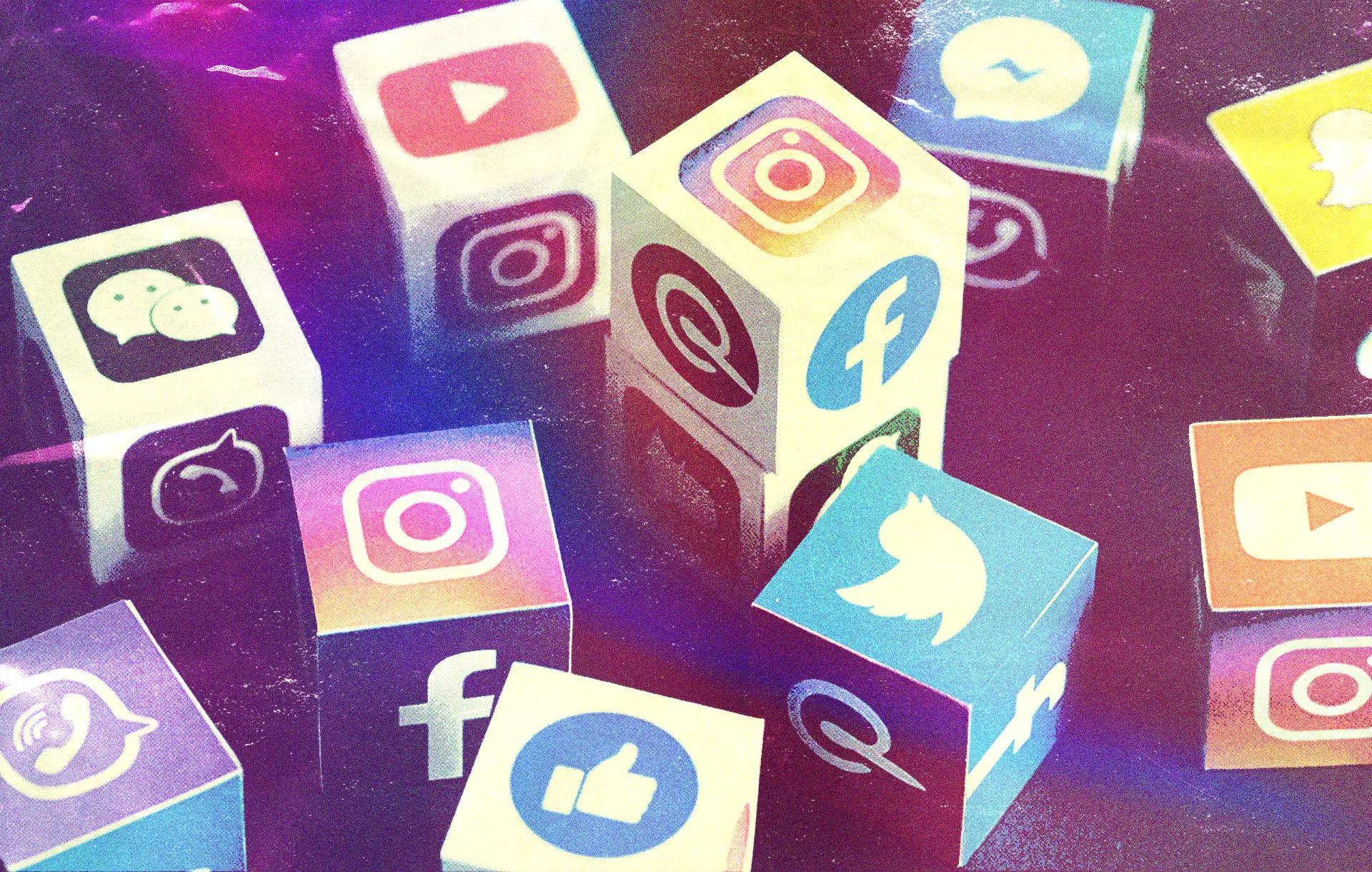Distraction, years of wasted time, misinformation, moronic challenges, empty instant gratification, FOMO, an endless reel of deceptively edited lifestyles that breed unhealthy social comparisons ― this is social media in a nutshell. However, job opportunities, travel opportunities, events that match your interests, a chance to reunite with lost acquaintances, awareness for charity and other meaningful campaigns ― this is also social media.
In other words, social media, and technology altogether, is largely what you make of it, in fact, it’s largely a reflection of you.
Like a magic wand, how we use technology is (almost) entirely in our hands
Speaking of the power of technology, as the great sci-fi author Arthur C. Clarke famously said, “[a]ny sufficiently advanced technology is indistinguishable from magic.”
And just like a magic wand, how we use technology is (almost) entirely in our hands. The same way power can both corrupt and empower, the same way alcohol can lead to moments of euphoria or ones of utter despair, to gusts of love of ones of violence. Tools like alcohol, social media, and technology tend to bring out what’s already bubbling under the surface.
The Case Against Social Media
Pop culture and the media haven’t exactly done social media justice. And why would they? At the end of the day, as the famous journalistic motto goes, “if it bleeds, it ledes,” or in layman’s terms, bad news sell, good ones ― not so much.
As far as most media is concerned, social media is basically digital heroin that sabotages real, human connections and contact.
The tendency to put a magnifying glass over the negative isn’t limited to journalism, either.
The dark side of our technology-driven society (which undoubtedly exists) makes for very fruitful premises for dystopian art, like the grotesque caricatures about social media that ironically circulate social media, or Black Mirror’s “Smithereens” episode that depicts social media as an almighty evil force that feeds on boredom and sets off a devastating chain of events for a distracted driver.
Making for a recipe for detachment from real, slower, harder to obtain human pleasures and experiences
While there certainly is truth there, let’s not forget it’s also art, and dystopian art at that, which is very hyperbolic by nature. Not to mention, in my humble opinion, Black Mirror’s “Smithereens” episode certainly wasn’t one of the otherwise brilliant series’ finest. At the end of the day, distractions exist all around us ― it’s our job to resist them. Portraying social media as the sole scapegoat seems somewhat reductive.
Granted, there’s an increasing body of research on social media, smartphones, and their combined influence on our brain and behavior that doesn’t exactly come to positive conclusions, either. Their general takeaway is that social media use increases dopamine levels while decreasing the attention span, making for a recipe for detachment from real, slower, harder to obtain human pleasures and experiences, especially for those who have been exposed to it from an early age.
The Case For Social Media
Most of the studies that seek to prove the dehumanizing effect of social media and technology ironically leave out the actual human part of the equation ― the people who use it and the circumstances they use it in.
But this approach didn’t suffice for Jeffrey Hall, an Associate Professor of Communication Studies at the University of Kansas, and his paper called “Two tests of social displacement through social media use,” published in Information, Communication & Society.
In the first test, by comparing data sets from the Longitudinal Study of American Youth from 2009 and 2011, the researchers found there was no decrease in interpersonal contact as a result of increased social media and technology use.
What makes the study especially revealing is the fact that the young adults in the study were “squarely in the middle of Generation X. What was really convenient was the questions about social media use were asked right when Facebook was hitting its inflection point of adoption, and the main adopters in that period were GenXers,” explains Jeffrey Hall.
“What was interesting was that, during a time of really rapid adoption of social media, and really powerful changes in use, you didn’t see sudden declines in people’s direct social contact,” Hall said. “If the social-displacement theory is correct, people should get out less and make fewer of those phone calls, and that just wasn’t the case.”
Social media doesn’t just crash an amazing party but rather reflects the lack thereof in the first place
The second test was designed by the authors of the study themselves, examining the nature of the social media use of adults and college students.
“Social media users were not experiencing social displacement. If they used social media earlier in the day, they were not more likely to be alone later. It’s also not the case that because they were using social media now, they were not interacting face to face later,” Hall explains.
It seems as social media’s effect varies between people and relationships. After talking to Hall over email, it turns out social media doesn’t just crash an amazing party but rather reflects the lack thereof in the first place:
“What we found was people followed their own standards of good etiquette when they were in more satisfying relationships. So, either people are more respectful using their mobile when around people they are close to OR people who avoid using their mobile when out socially with close others promote a more satisfying relationship,” Hall explains.
We see this principle manifested vividly in romantic relationships. Throughout the honeymoon phase, phones hold virtually no power. But as the initial euphoria starts to fade away and gives way to the mundane reality of everyday life, phones become a more and more frequent element of otherwise romantic settings and conversations.
In Hall’s observations from before technology was ever a factor, disengaged people always find a distraction. Nowadays, this just happens to be their phones.
“Another way to approach this has to do with the idea that the lights, buzz, beeps of the mobile are most distracting for those who have a hard time staying present in the moment (or those with low impulse control). So that friend might have been totally checked out in 1988 and in 2018, but in 1988 they did so by not listening, looking around the room, and just acting checked out. I certainly recall many nights hanging out with a group of friends in the 1990s where some people just are not engaged with the friends they went out with. Now they have a phone to look at while ignoring their friends.”
The Pandemic Like a Real-Life Study on Social Media’s Effects
Perhaps the pandemic and the lockdowns serve as a spontaneous study in real-life conditions on this exact subject. If phones and technology were the almighty drugs that imprison us in our own little bubbles of isolation, why did actual isolation and social distancing prove to be so hard to adhere to and handle, especially for young adults who are supposedly technology’s most servile slaves? If anything, technology provided a haven for human contact, unlimited by the obstacles of the physical world.
It seems to be in human nature to view the current times through a dark, critical lens, which is often further distorted by the media. But while a plethora of global problems, some of which unprecedented, and social injustices undoubtedly loom large and cause existential dread, we live in the best time in history on many, if not most fronts, especially in terms of communication.
To circle back to Clarke’s point about any sufficiently advanced technology being indistinguishable from magic, just imagine going back in time and explaining to a soldier or a seafarer how an invention that lets you instantly talk to a loved one, hear their voice, and see their face, is bad for human contact.
But even if we put hypothetical magic scenarios aside and focus strictly on real life and the present, imagine explaining to one of the many children that is alive thanks to UNICEF Sweden’s social media charity campaign that social media should be avoided like the plague, because it can make someone insecure about their body fat percentage or hurt their productivity at work.




